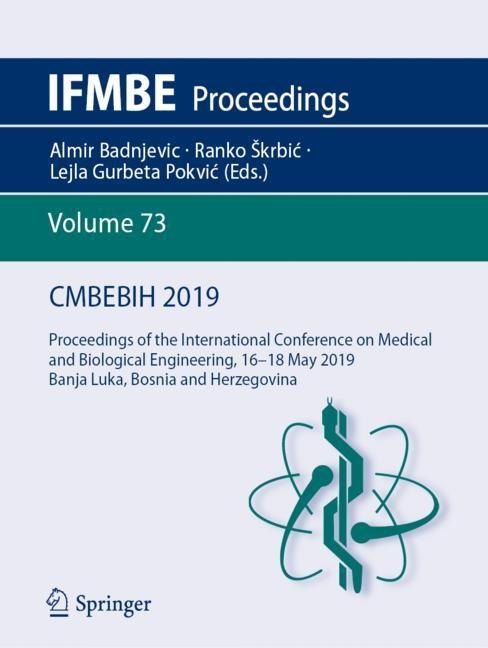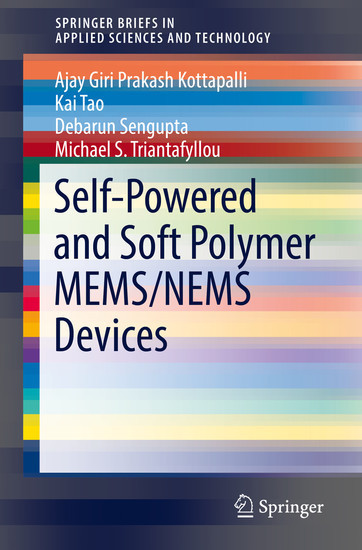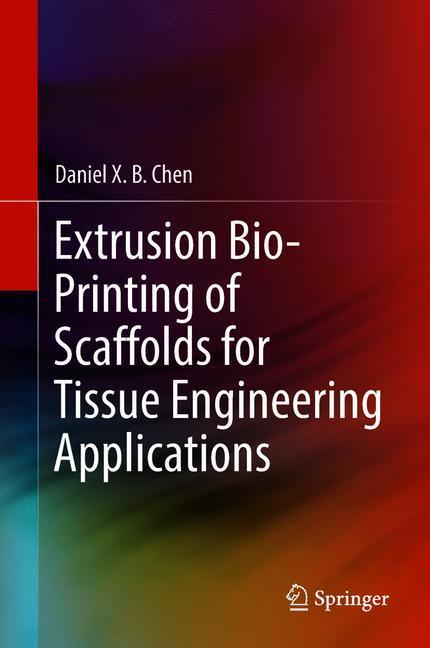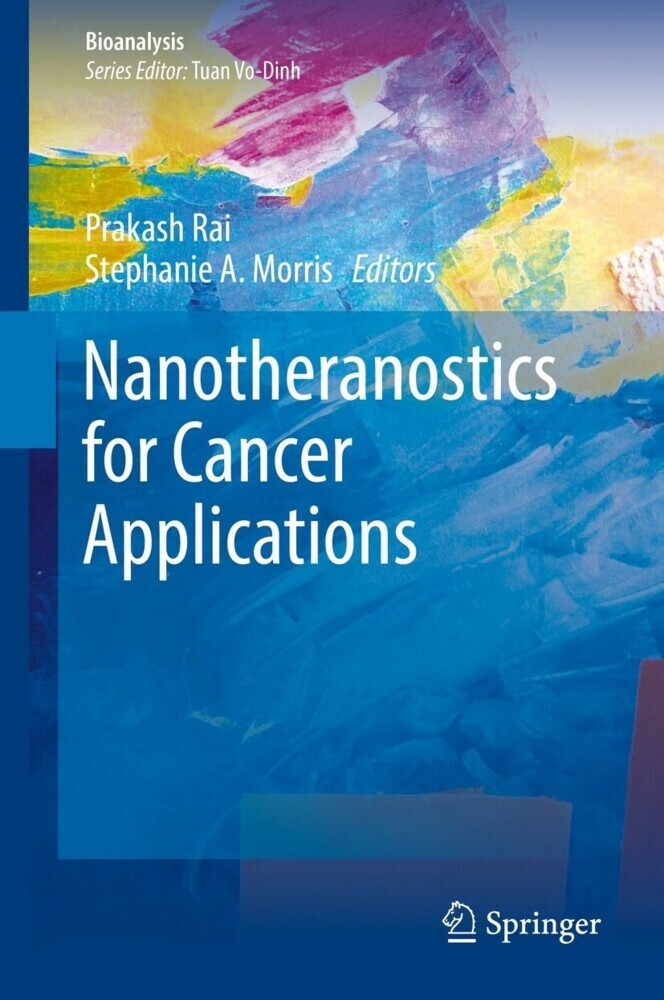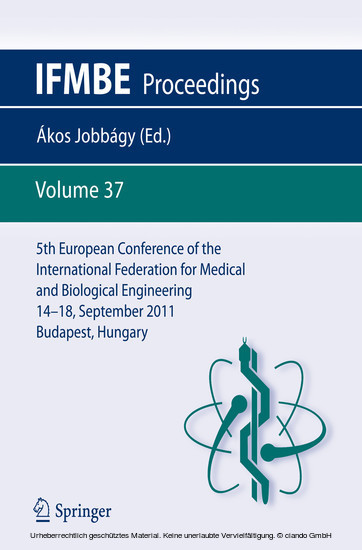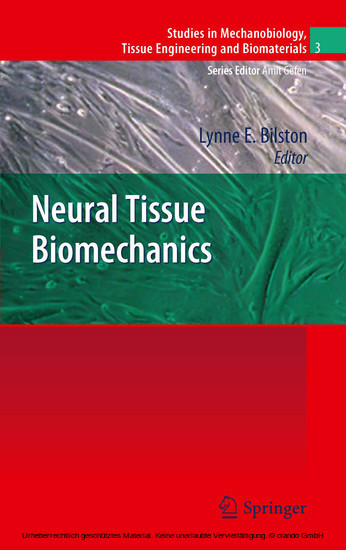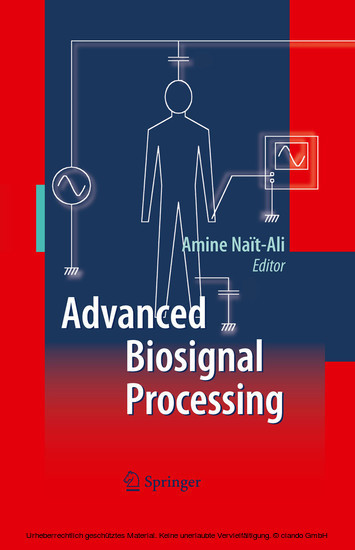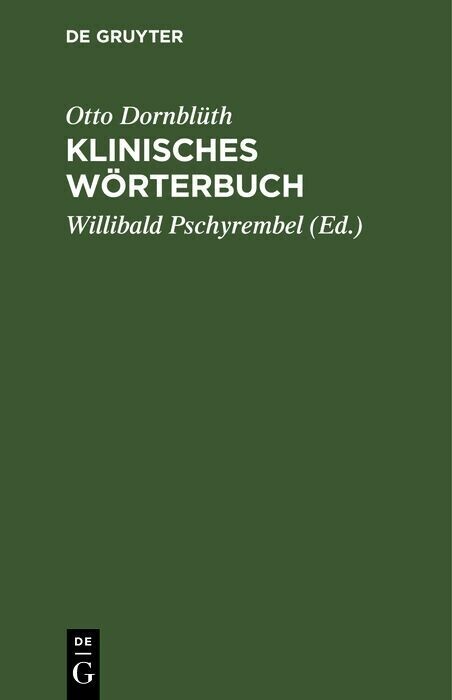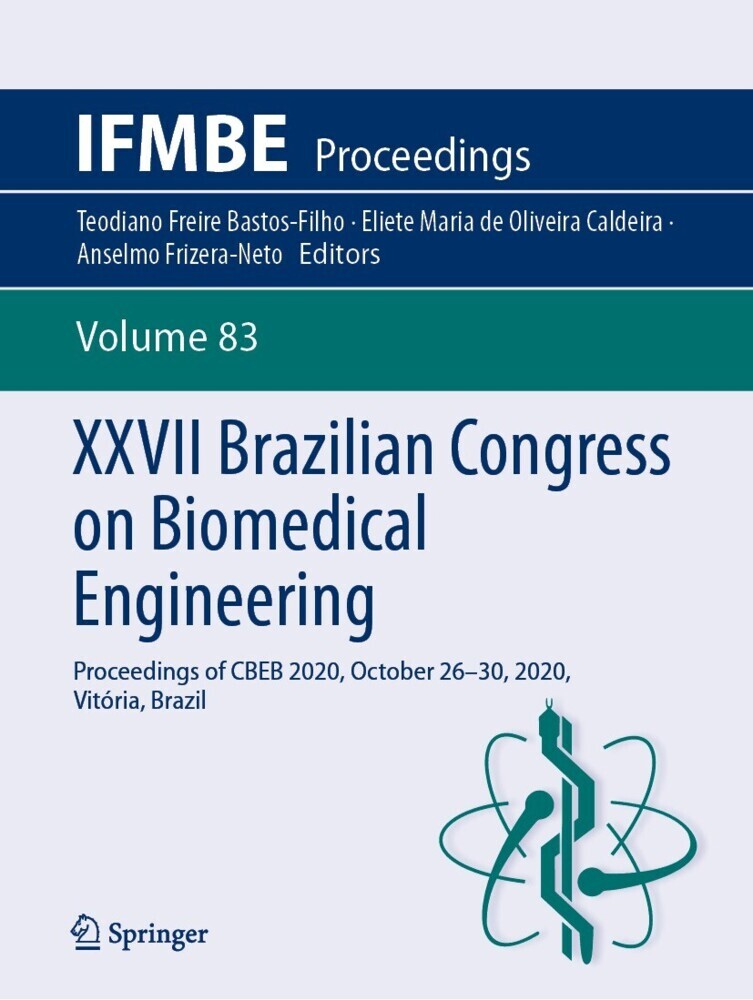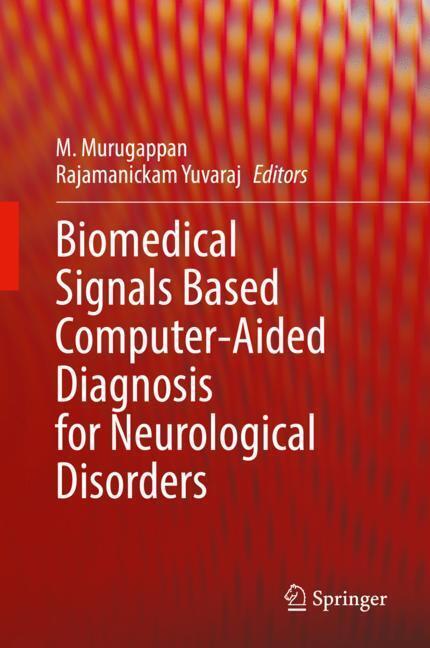CMBEBIH 2019
CMBEBIH 2019
This volume gathers the proceedings of the International Conference on Medical and Biological Engineering, which was held from 16 to 18 May 2019 in Banja Luka, Bosnia and Herzegovina. Focusing on the goal to 'Share the Vision', it highlights the latest findings, innovative solutions and emerging challenges in the field of Biomedical Engineering. The book covers a wide range of topics, including: biomedical signal processing, medical physics, biomedical imaging and radiation protection, biosensors and bioinstrumentation, bio-micro/nano technologies, biomaterials, biomechanics, robotics and minimally invasive surgery, and cardiovascular, respiratory and endocrine systems engineering. Further topics include bioinformatics and computational biology, clinical engineering and health technology assessment, health informatics, e-health and telemedicine, artificial intelligence and machine learning in healthcare, as well as pharmaceutical and genetic engineering. Given its scope, the book provides academic researchers, clinical researchers and professionals alike with a timely reference guide to measures for improving the quality of life and healthcare.
Almir Badnjevic has a PhD in Electrical Engineering and experiences in both the fields of Biomedical Engineering and Medical Devices. He is currently the Director of Verlab Ltd, a verification laboratory for medical devices. Almir is also an Assistant Professor at International Burch University, an industry expert in the faculty of Electrical Engineering and a lecturer in the faculty of Medicine in the University of Sarajevo. On top of that, he is also Executive Director of the Bosnia and Herzegovina Medical and Biological Engineering Society.
1;Organization;6 1.1;Program Chairs;6 1.2;Program Committee;6 2;Preface;8 3;Contents;10 4;Biomedical Signal Processing;20 5;1 Adaptive Filter Removes Variability Caused by Respiration from Impedance Cardiography Signal;21 5.1;Abstract;21 5.2;1 Introduction;21 5.3;2 Method;22 5.3.1;2.1 The Adaptive Filter;22 5.3.2;2.2 Measurement;22 5.4;3 Results;22 5.5;4 Conclusion;24 5.6;References;24 6;2 Electrical Stimulation of Eye Blink in Individuals with Dry Eye Symptoms Caused by Chronic Unilateral Facial Palsy;25 6.1;Abstract;25 6.2;1 Introduction;25 6.3;2 Methods;26 6.3.1;2.1 Participants;26 6.3.2;2.2 Assessment of the Palsy and Ocular Symptoms;26 6.3.3;2.3 Equipment and Stimulation Parameters;26 6.3.4;2.4 Procedure;26 6.3.5;2.5 Data Analysis;27 6.4;3 Results;27 6.5;4 Discussion;28 6.6;Acknowledgements;29 6.7;References;29 7;3 Prescribe and Monitor Physical Activity Through a Community-Based eHealth Program: MOVIDA Platform;30 7.1;Abstract;30 7.2;1 Introduction;30 7.3;2 MOVIDA Platform Concept;31 7.3.1;2.1 MOVIDA.cronos;31 7.3.2;2.2 MOVIDA.eros;32 7.3.3;2.3 MOVIDA.polis;33 7.3.4;2.4 MOVIDA.domus;34 7.4;3 Implementation and Critical Challenges;34 7.5;4 Conclusions and Future Work;35 7.6;Acknowledgements;36 7.7;References;36 8;4 Miniaturized Stimulator for Imaging of Live Cell Responses to High Frequency Mechanical Vibration;37 8.1;Abstract;37 8.2;1 Introduction;37 8.3;2 Materials and Methods;38 8.3.1;2.1 Stimulator Design and Working Principle;38 8.3.2;2.2 Performance Range;38 8.3.3;2.3 Accuracy and Precision of the LMHF Vibration;39 8.4;3 Results;39 8.4.1;3.1 At Low Frequencies Stimulator Produces Even HMHF Vibration;39 8.4.2;3.2 Acceleration and Imaging Data Both Demonstrate Accurately Produced LMHF Vibration;41 8.4.3;3.3 High Precision Enables Observing of Cellular Responses to the LMHF Vibration;41 8.5;4 Discussion;41 8.6;5 Conclusion;42 8.7;Acknowledgements;42 8.8;References;42 9;5 EMG Signal Classification Using Discrete Wavelet Transform and Rotation Forest;44 9.1;Abstract;44 9.2;1 Introduction;44 9.3;2 Materials and Methods;45 9.3.1;2.1 Subjects and Data Acquisition;45 9.3.2;2.2 Feature Extraction Using DWT and Dimension Reduction;45 9.3.3;2.3 Artificial Neural Networks (ANN);45 9.3.4;2.4 K-Nearest Neighbour (K-NN);46 9.3.5;2.5 Support Vector Machine (SVM);46 9.3.6;2.6 Naïve Bayes;46 9.3.7;2.7 REPTree;46 9.3.8;2.8 LADTree;46 9.3.9;2.9 C4.5 Decision Tree;46 9.3.10;2.10 Random Tree Classifiers;46 9.3.11;2.11 Random Forests (RF);47 9.3.12;2.12 Rotation Forest (RoF);47 9.4;3 Results and Discussion;47 9.4.1;3.1 Experimental Results;47 9.4.2;3.2 Discussion;48 9.5;4 Conclusion;49 9.6;Acknowledgements;49 9.7;References;49 10;6 Impact of High Frequency Electromagnetic Fields on Process of Angiogenesis;51 10.1;Abstract;51 10.2;1 Introduction;51 10.3;2 Materials and Methods;52 10.4;3 Results and Discussion;52 10.5;4 Conclusions;55 10.6;References;55 11;7 Implementation of Neural Network-Based Classification Approach on Embedded Platform;57 11.1;Abstract;57 11.2;1 Introduction;57 11.3;2 State-of-Art;58 11.3.1;2.1 Classification Approaches;58 11.3.2;2.2 Real-Time FPGA-Based Implementation of EEG Signal Classification Approaches;58 11.4;3 Neural Networks FPGA-Based Implementation;59 11.5;4 Datasets and Feature Extraction;60 11.6;5 Discussion of Results;61 11.7;6 Conclusion and Outlook;62 11.8;Conflict of Interest Declaration;62 11.9;References;62 12;8 Stereo Laser Speckle Dissimilarity Analysis Using Self-organizing Maps;64 12.1;Abstract;64 12.2;1 Introduction;64 12.3;2 Materials and Methods;65 12.3.1;2.1 Acquisition Protocol and Equipment;65 12.3.2;2.2 Stereo Speckle Registration;65 12.3.2.1;2.2.1 HESR Segmentation;65 12.3.2.2;2.2.2 Epipolar Mapping Between Left and Right HESR Segmentations;66 12.3.2.3;2.2.3 Comparative Study of Stereo Dynamic Laser Speckle Videos During a Post-occlusive Hyperemia Situation;67 12.3.3;2.3 Dissimilarity Analysis Methodology;67 12.4;3 Results and Discussion;68 12.5;4 Conclusions and Future Work;72 12.6;Acknow
Badnjevic, Almir
Skrbic, Ranko
Gurbeta Pokvic, Lejla
| ISBN | 9783030179717 |
|---|---|
| Artikelnummer | 9783030179717 |
| Medientyp | E-Book - PDF |
| Copyrightjahr | 2019 |
| Verlag | Springer-Verlag |
| Umfang | 731 Seiten |
| Sprache | Englisch |
| Kopierschutz | Digitales Wasserzeichen |

